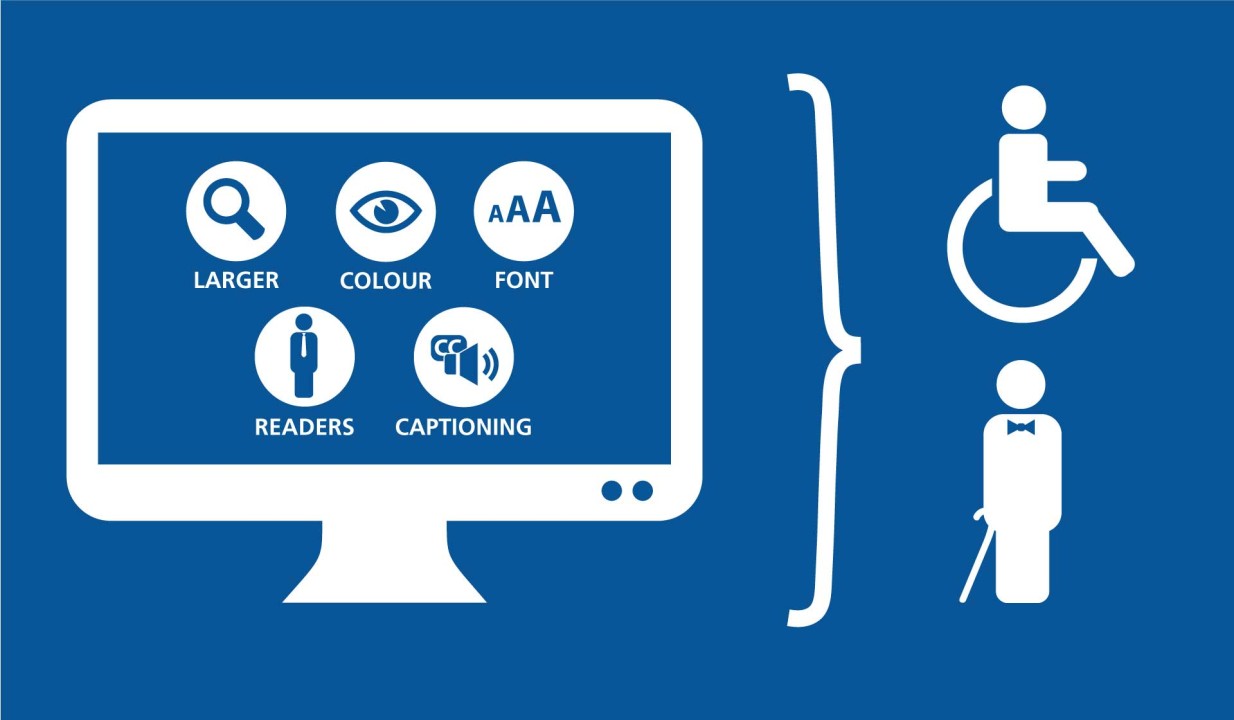In today’s digital world, web accessibility is a crucial aspect of web development. As developers, it’s our responsibility to ensure that websites are usable by all individuals, including those with disabilities. When we build accessible websites, we open up a wealth of opportunities for people who may have visual, auditory, cognitive, or motor impairments. In this article, we’ll dive into why web accessibility matters and how you can implement it in your projects.
What Is Web Accessibility?
Web accessibility refers to the practice of designing websites, tools, and technologies that are inclusive for all users, regardless of their abilities or disabilities. An accessible website ensures that users with disabilities can easily interact with, navigate, and understand content on the site, much like users without disabilities.
For example:
- People with visual impairments may use screen readers to read the content aloud.
- Those with hearing impairments might need captions or transcripts for multimedia content.
- People with motor disabilities may rely on keyboard navigation or assistive devices.
The goal is to create a web that’s accessible, usable, and enjoyable for everyone.
Why Does Web Accessibility Matter?
- Legal Requirements: In many countries, including the United States, the UK, and European nations, web accessibility is a legal requirement. The Americans with Disabilities Act (ADA) and the Web Content Accessibility Guidelines (WCAG) outline the standards for creating accessible digital content. Websites that fail to comply may face legal consequences, including lawsuits.
- Reach a Broader Audience: According to the World Health Organization, around 15% of the global population lives with some form of disability. By ensuring your website is accessible, you can reach a larger audience, which can increase engagement and sales.
- Improved SEO: Accessible websites tend to rank better in search engines. Many accessibility features, such as proper HTML structure, alt text for images, and clear navigation, also enhance search engine optimization (SEO).
- Better User Experience (UX): Web accessibility isn’t just about meeting legal standards—it’s about making the web more user-friendly for everyone. Accessible design often results in improved usability for all users, not just those with disabilities.
The Web Content Accessibility Guidelines (WCAG)
The Web Content Accessibility Guidelines (WCAG) are a set of international standards designed to make web content more accessible. These guidelines are divided into four main principles:
- Perceivable: Information must be presented in ways that users can perceive. This includes providing text alternatives for non-text content, such as images or videos, so that users with visual impairments can understand the content.
- Operable: User interface components and navigation must be operable. This includes ensuring that users can navigate using a keyboard, provide enough time for users to read content, and make sure interactive elements are easy to use.
- Understandable: Content must be easy to read and understand. This includes using clear language, providing instructions when necessary, and offering consistent navigation.
- Robust: Content must be robust enough to work well with current and future technologies, including assistive devices. This means using semantic HTML and ensuring compatibility with various browsers and screen readers.
How to Implement Web Accessibility?
Now that we know why accessibility is important, let’s discuss some practical ways you can implement it in your web development projects.
- Use Semantic HTML:
Start by using proper HTML tags for headings, paragraphs, links, and other content. This not only helps with SEO but also makes it easier for screen readers to interpret the structure of your page. For example, use <h1> for the main heading, <h2> for subheadings, and <p> for paragraphs. - Provide Alt Text for Images:
Alt text (alternative text) describes images so that screen readers can read them out loud to users who are blind or have low vision. Always use the alt attribute for every image, making sure the description is meaningful. For example, for an image of a dog, the alt text could be: alt=”Golden retriever playing in the park”. - Ensure Keyboard Navigation:
Many users with motor impairments rely on keyboard navigation rather than a mouse. Make sure that all interactive elements (buttons, links, forms) can be accessed and operated using the keyboard alone. Use the tabindex attribute to define the order in which elements are focused when using the tab key. - Add Captions and Transcripts for Videos:
Videos are an important part of many websites, but they can be inaccessible to users with hearing impairments. Ensure all videos include captions or transcripts, so users can access the content. Tools like YouTube automatically generate captions, but you should always double-check for accuracy. - Use Color Carefully:
Colorblindness is one of the most common visual impairments. Avoid relying solely on color to convey information. For example, don’t just use red to indicate errors in a form; also provide text, such as “Error: Please fill out this field.” - Test with Assistive Technologies:
Testing your website with screen readers, voice recognition software, and other assistive devices is crucial. Tools like NVDA (NonVisual Desktop Access) and VoiceOver (for macOS) allow you to simulate how users with disabilities will experience your website.
Tools and Resources for Accessibility
- WAVE Web Accessibility Evaluation Tool: This tool checks your web pages for accessibility issues and provides feedback.
- Axe Accessibility Checker: A browser extension that helps you find accessibility violations in your web pages.
- Color Contrast Analyzer: Helps ensure that the text and background color combinations on your website are legible for people with visual impairments.
- Screen Readers: Test your website using screen readers like JAWS, NVDA, or VoiceOver to get a feel for how visually impaired users navigate your site.
Conclusion
Web accessibility is not just a trend; it’s a necessity. By ensuring your website is accessible, you not only comply with legal standards, but you also create a more inclusive and user-friendly web. Start by implementing small changes—like adding alt text, ensuring keyboard navigation, and testing with screen readers—and gradually work toward fully accessible websites.
Remember, accessibility is a journey, not a destination. The more accessible your website is, the more people you can reach, and the better your overall web development skills will become.

